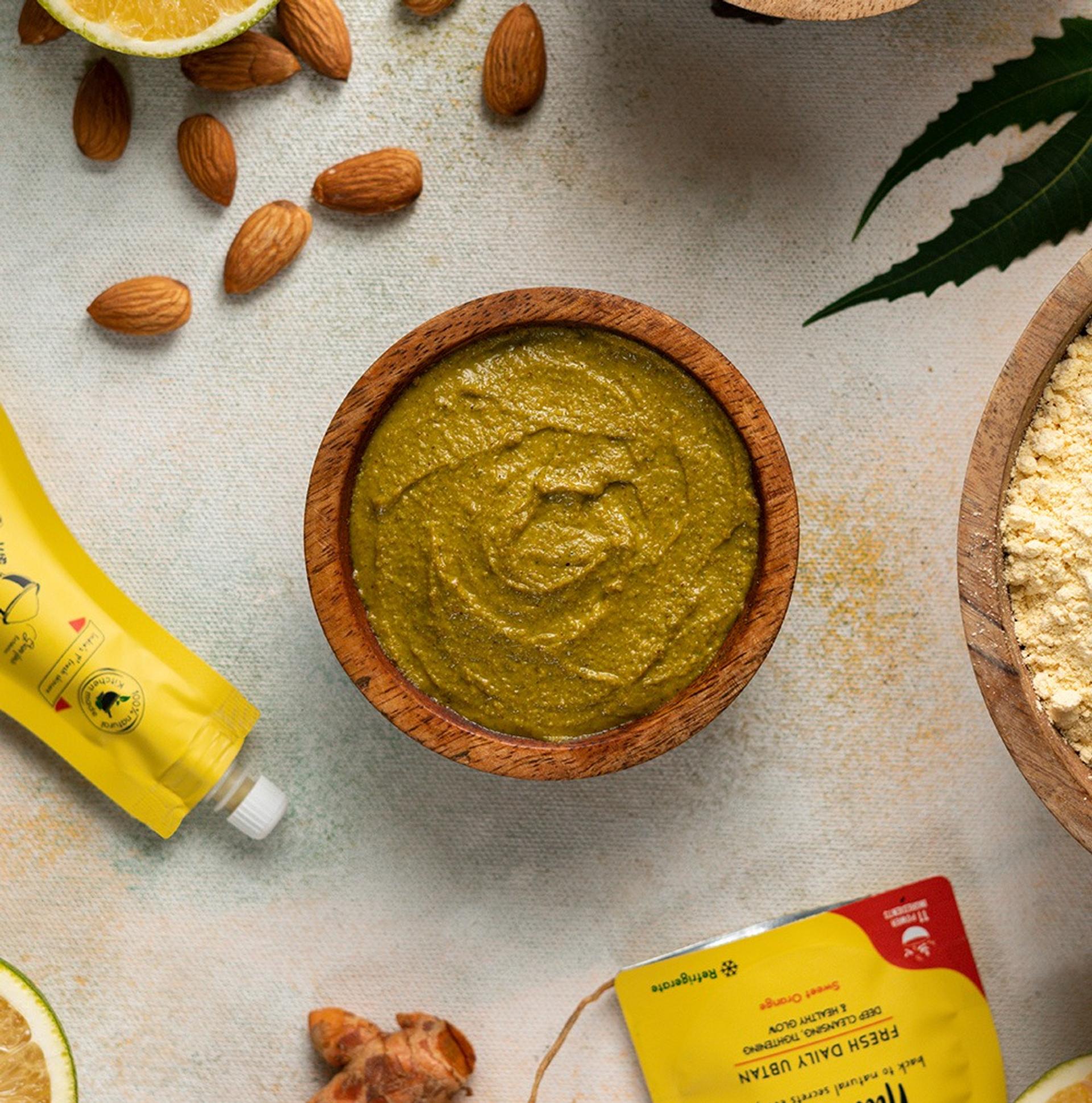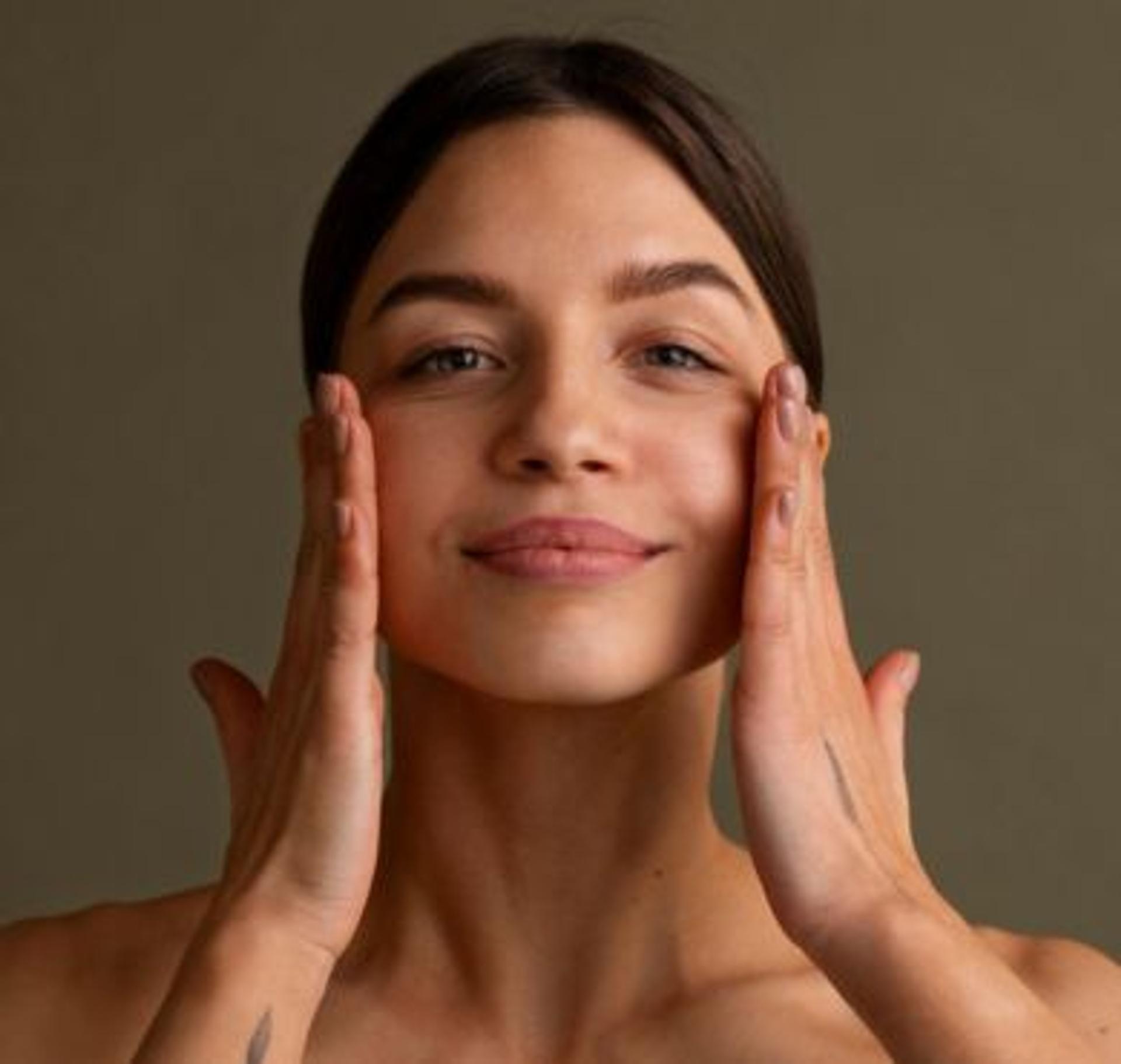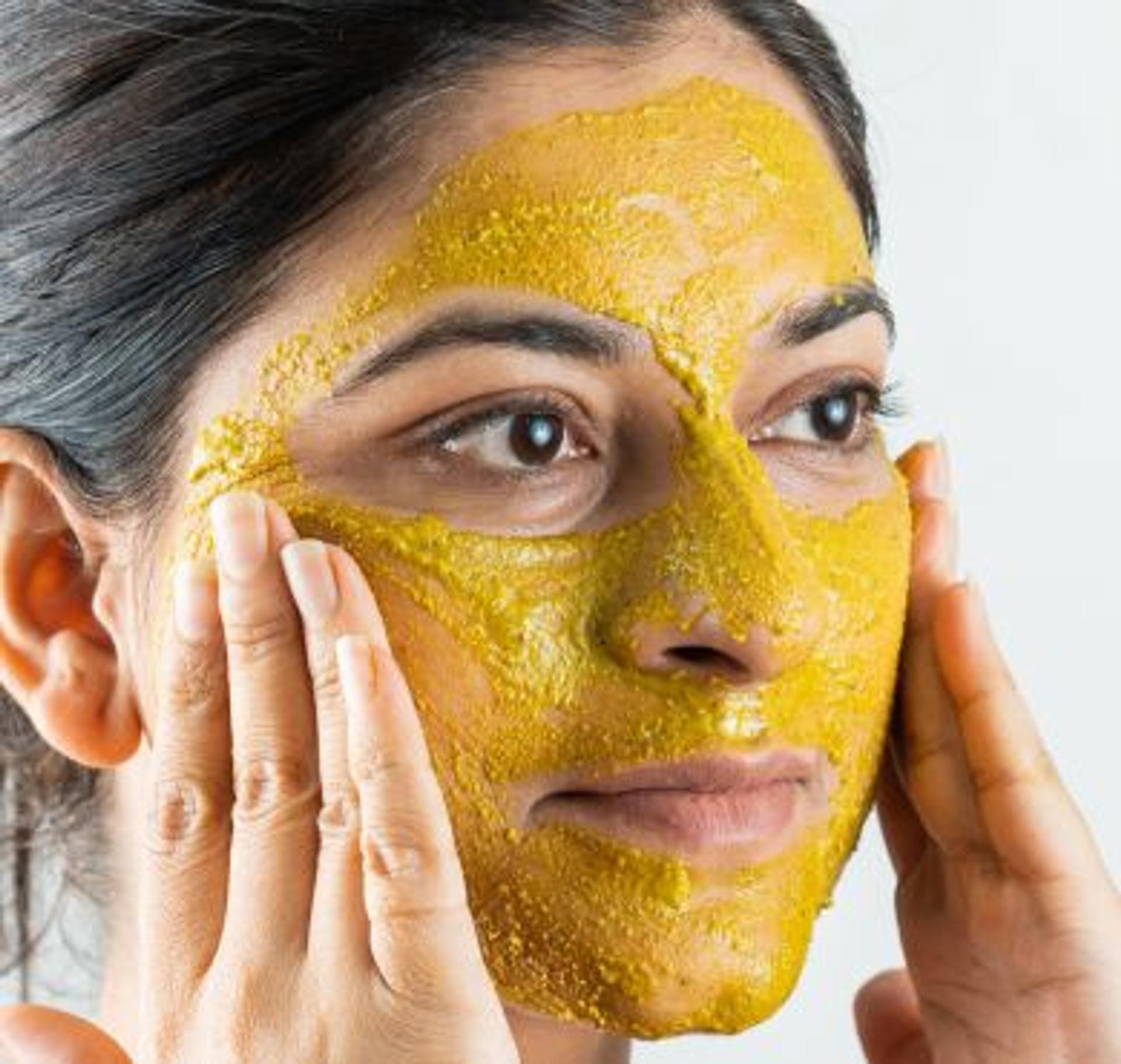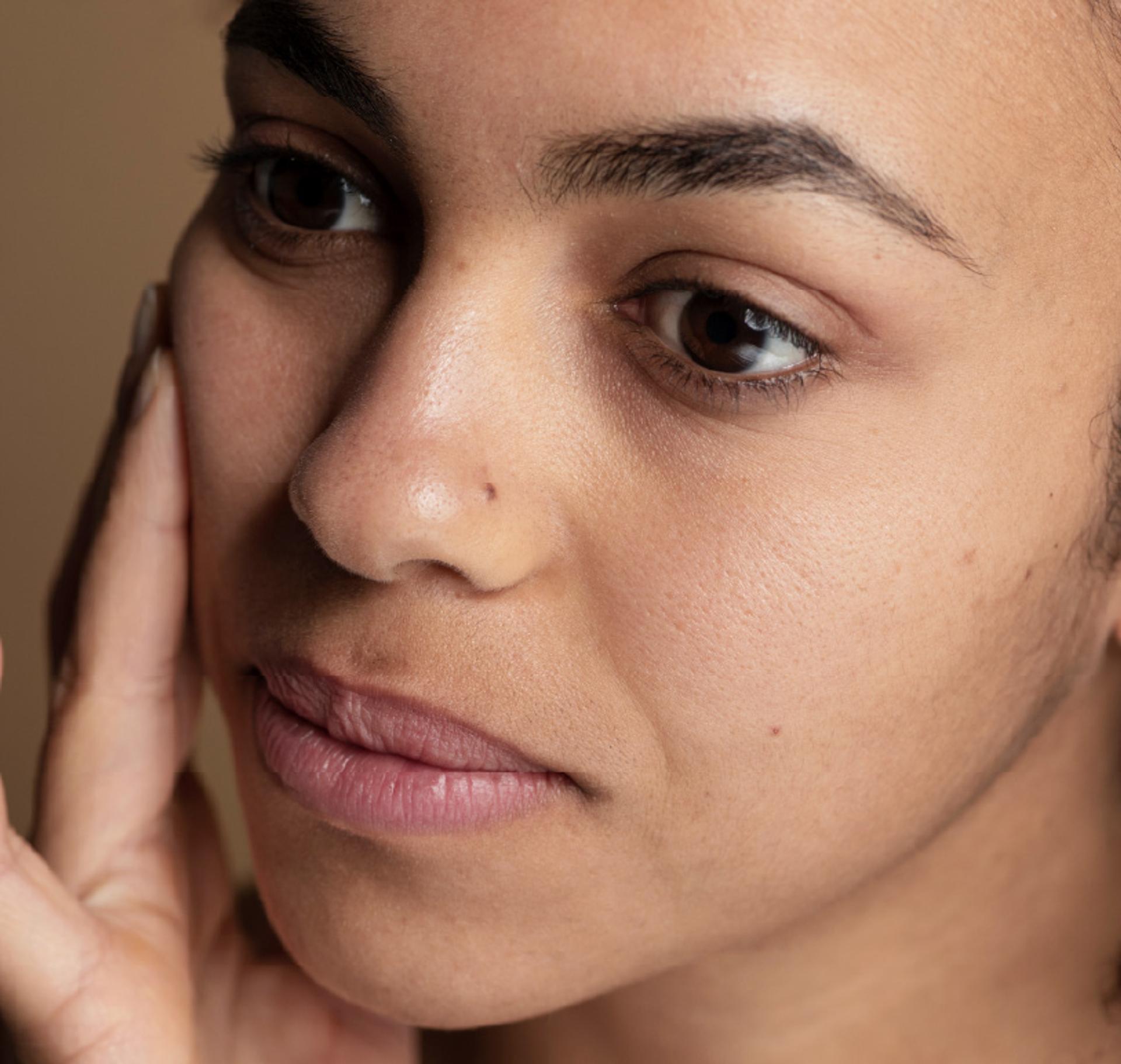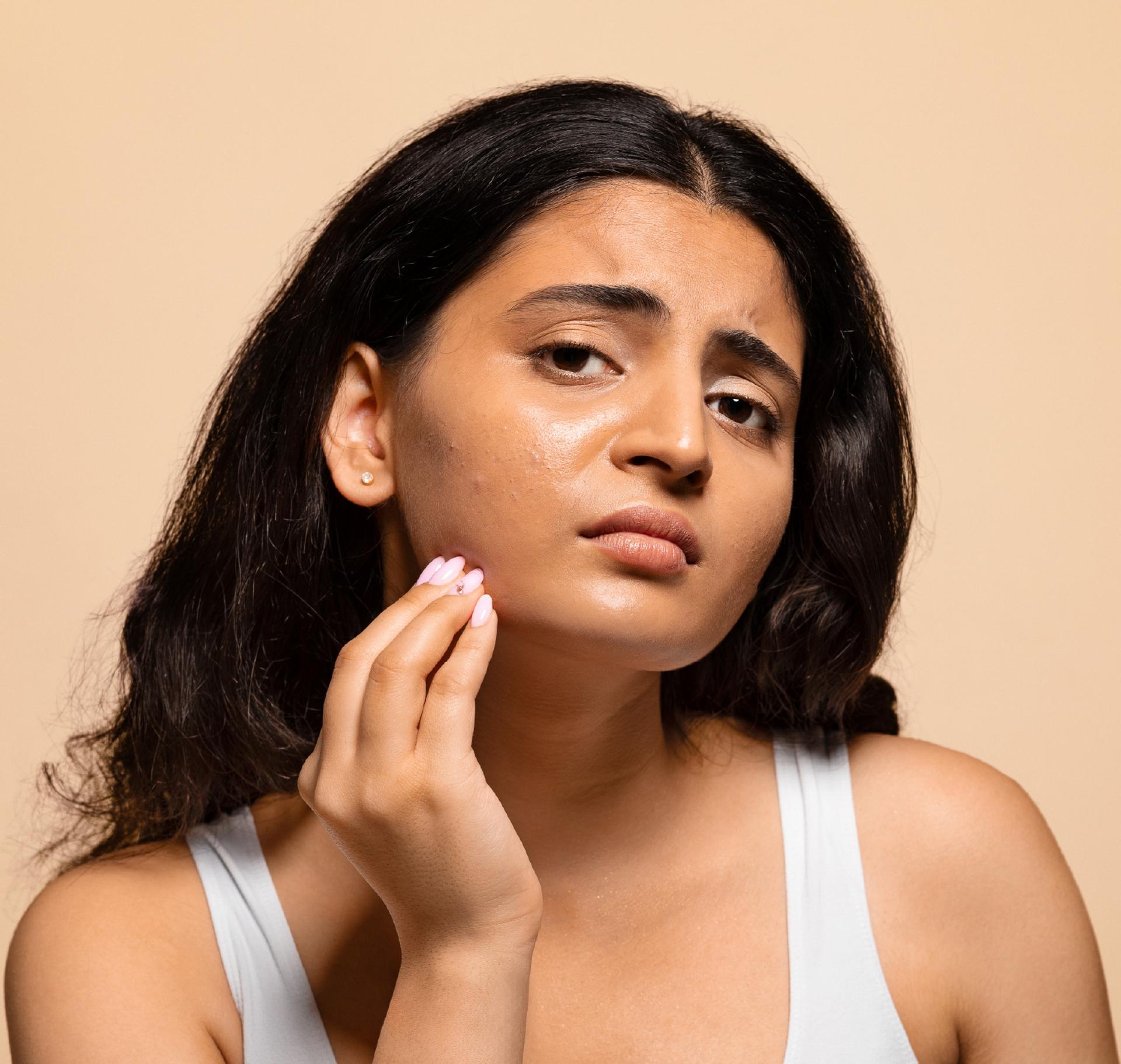
Oily Skin: A Journey Not to Erase, But to Understand
By Nat Habit
Our skin—the cloth of organs, a barrier more alive than we often realise—isn't just a covering. It's a communicator. It reflects our internal rhythms, our stresses, our food, our hormones, and even our missteps in skincare.
Yet this sacred layer—rich with microbiomes, oil ducts, nerve endings—carries its own weather. Sometimes dry and cracked, sometimes flaking with irritation. And other times, oily. Greasy. Glossed with a sheen that draws unwelcome attention.
It glows, but not in the way we want.
It becomes a bed for clogged pores, blackheads, and breakouts.
It overreacts—flaring red, sensitive, irritable.
So we ask:
Are we overdoing it, or simply doing it wrong?
Is the problem the product, or the formulation philosophy behind it?
It's time we pause the performance and deep dive into physiology.
Let’s not just skin the surface—let’s epidermis the depth.
Let’s begin this long “sebum-inal” journey.
What Is Oily Skin?

Oily skin isn’t dirty. It’s not broken. And it’s not a mistake.
It is a highly intelligent biological type—one shaped by genetics, hormones, environment, and even emotional states.
The “oil” is sebum, a lipid-rich substance produced by sebaceous glands. Far from being a villain, sebum is an emollient shield. It:
- Prevents trans-epidermal water loss (TEWL),
- Carries fat-soluble antioxidants like vitamin E to the surface,
- Has antimicrobial properties, offering first-line defense.
However, in oily skin, this production is amplified—sometimes by design, sometimes by disruption.
What Causes Excess Oil?
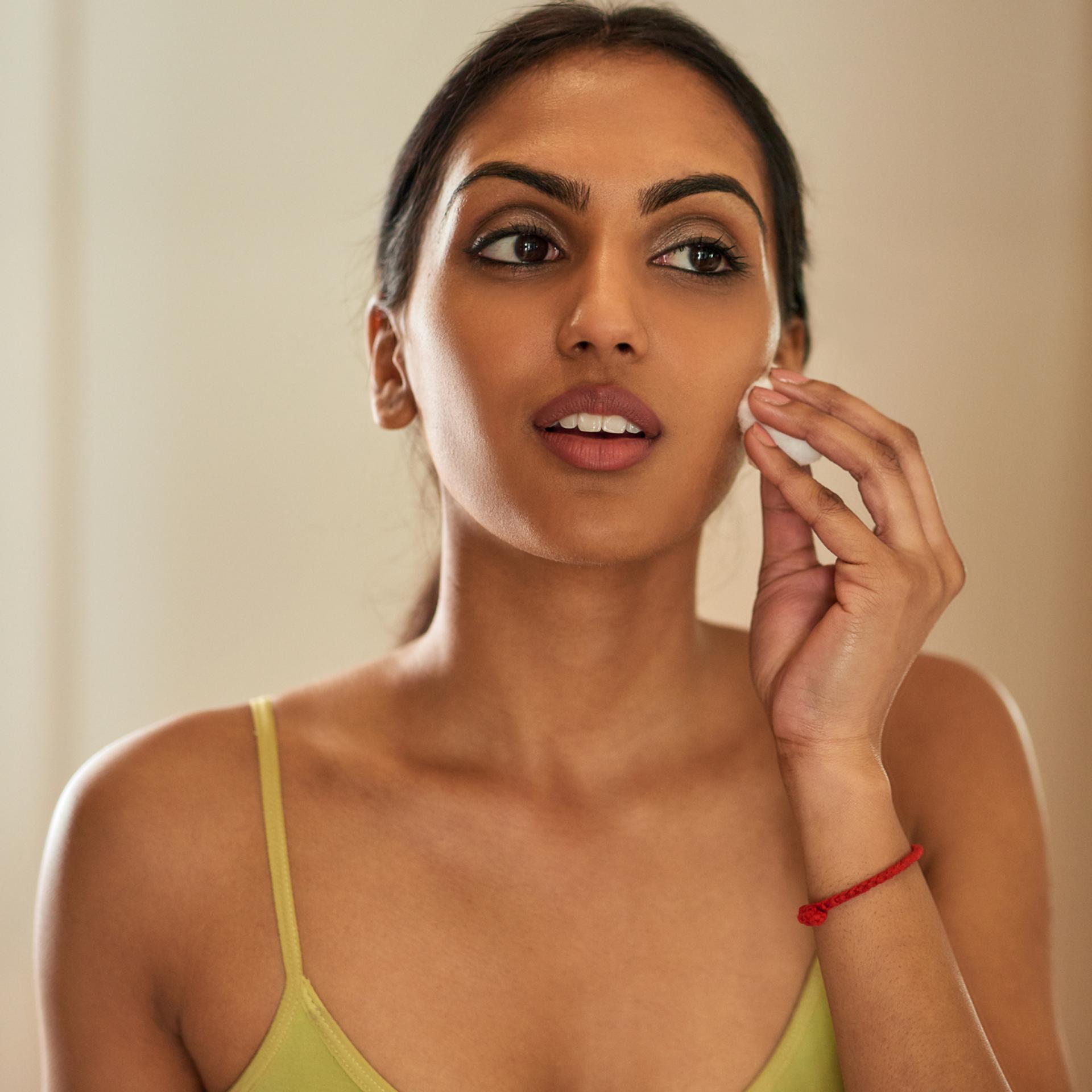
1. Hormones
Androgens like testosterone stimulate oil glands. So during puberty, periods, PCOS, or even high stress (hello, cortisol!), skin can go into oil overdrive.
2. Genetics
Some of us are just born with oilier skin—larger, more active sebaceous glands and a thicker dermis. It's protective, but can also mean clogged pores and congestion.
3. Diet & Inflammation
High-glycemic foods spike insulin → more oil. Dairy? It mimics hormones and messes with your gut-skin axis, leading to inflammation and breakouts.
4. Weather
Humidity cranks up oil production. But ironically, dry winters can do the same—skin compensates for moisture loss by producing even more oil.
5. Skincare Missteps
Using harsh cleansers, skipping moisturiser, or drowning your skin in alcohol-based toners might feel clean—but they strip your skin and trigger it to produce more oil in panic.
What Can It Lead To?
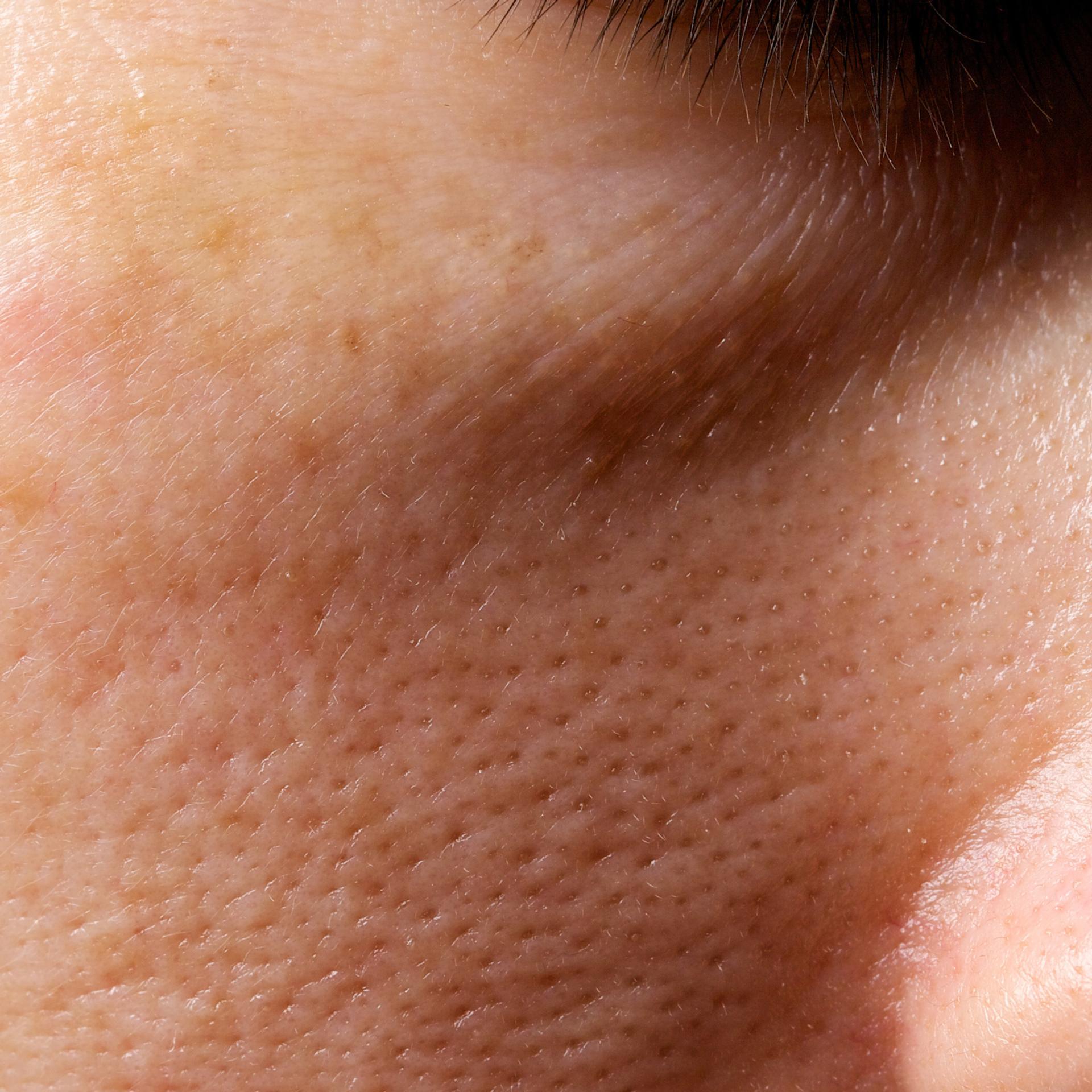
- Acne: Excess sebum + dead cells = clogged follicles. Add bacteria (like C. acnes) and you get inflammation.
- Enlarged pores: Oil stretches follicular openings over time.
- Shiny skin: Not dewy-glow but an oil-slick glow, which oxidises makeup and SPF.
- Sensitive barrier: Ironically, oily skin is often dehydrated beneath, with a thin and overworked stratum corneum.
The Science of Care: A Formulation Reset
Oily skin doesn’t need stripping. It needs recalibration. Products must work with sebum, not against it. Here's how:
Cleanse Without Assault
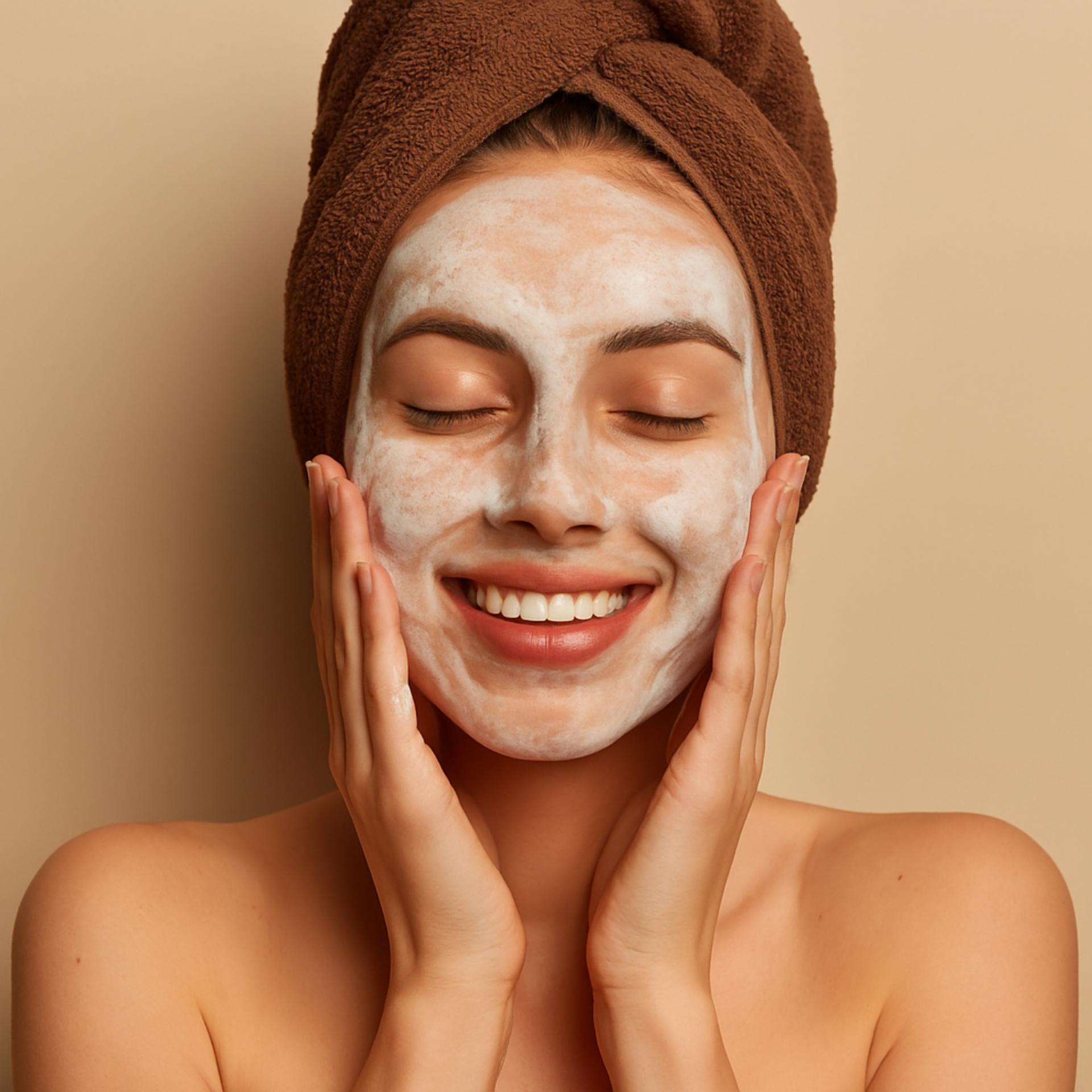
What NOT to use:
- Sulfates (like SLS/SLES): strip natural lipids, raise pH, trigger rebound oil.
- Alcohol-heavy foams: denature proteins, damage microbiome.
What TO use:
- pH-balanced cleansers (4.5–5.5) with aloe polysaccharides, amino acids, or herbs like neem, guduchi.
- Gel-to-milk cleansers or light ayurvedic ubtans that detox without disturbing the acid mantle.
Exfoliate – But Respectfully
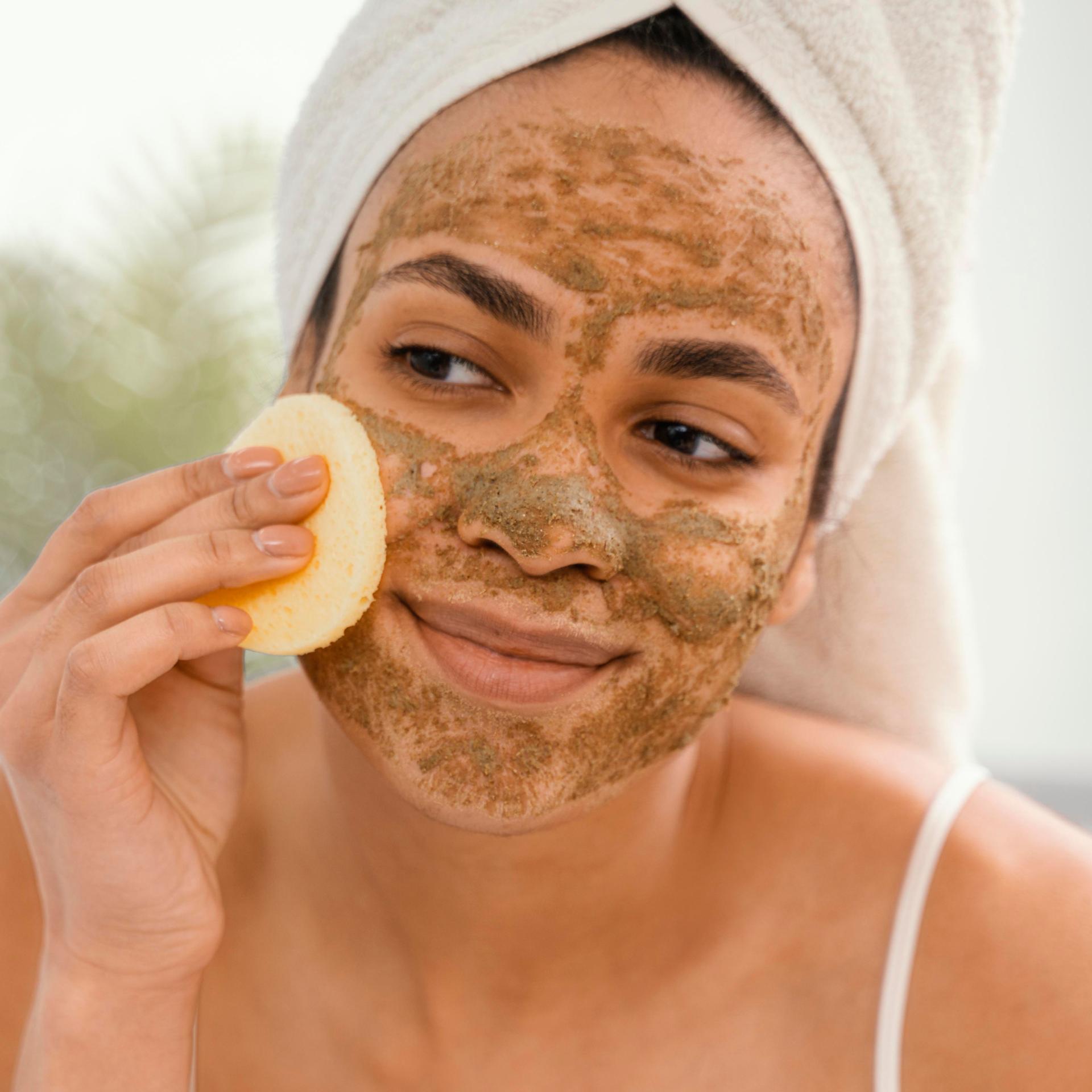
Dead skin traps oil, but aggressive exfoliation causes microtears, encourages PIH (post-inflammatory hyperpigmentation) and microbiome imbalance.
Best actives & botanicals:
- Enzymatic exfoliants: like papain (papaya), bromelain (pineapple)
- Natural grains: rice flour, masoor dal—fine enough to polish, not scratch
- Clays: multani mitti, bentonite—they absorb, cool, and reduce oil without surfactants
Tone – Your Skin’s Reset Button
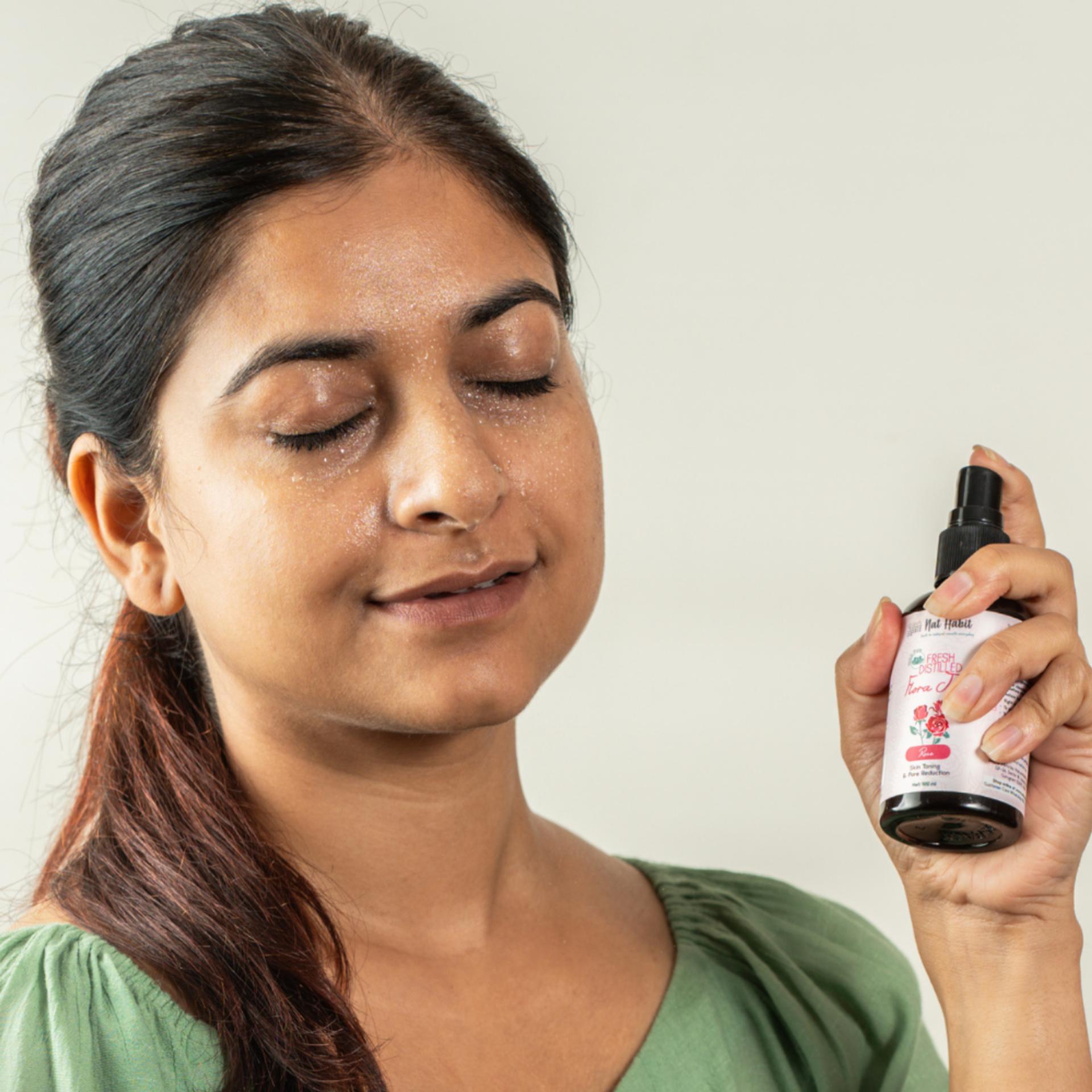
Many skip toners or choose ones with denatured alcohols, which destroy both skin and microbiome.
Ideal formulation:
- Alcohol-free hydrosols (like rose, lavender)
- Botanical astringents like witch hazel (non-alcoholic form), cucumber
- pH stabilisers to prevent post-cleanse alkaline spikes
Moisturise – Yes, Even for Oilies
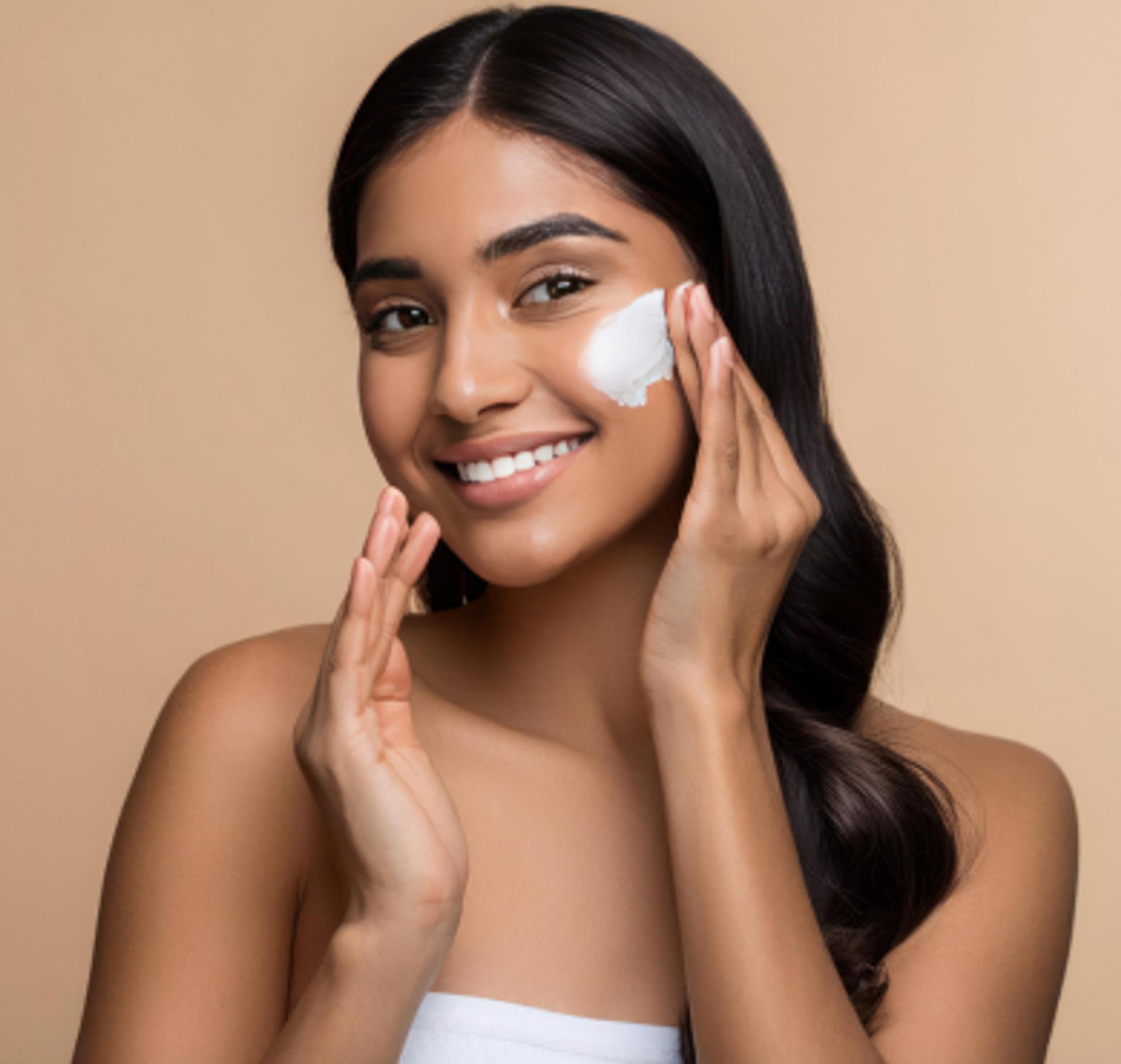
Dehydrated oily skin is a paradoxical drought under flood. Lack of water = more oil.
What NOT to use:
- Heavy emollients like mineral oil, lanolin, petrolatum
- Occlusives that trap heat and clog
What TO use:
- Humectants: aloe vera juice
- Lightweight emollients: jojoba (mimics sebum), grape seed
- Anti-inflammatory agents: calendula, green tea polyphenols
Nourishment & Targeted Repair
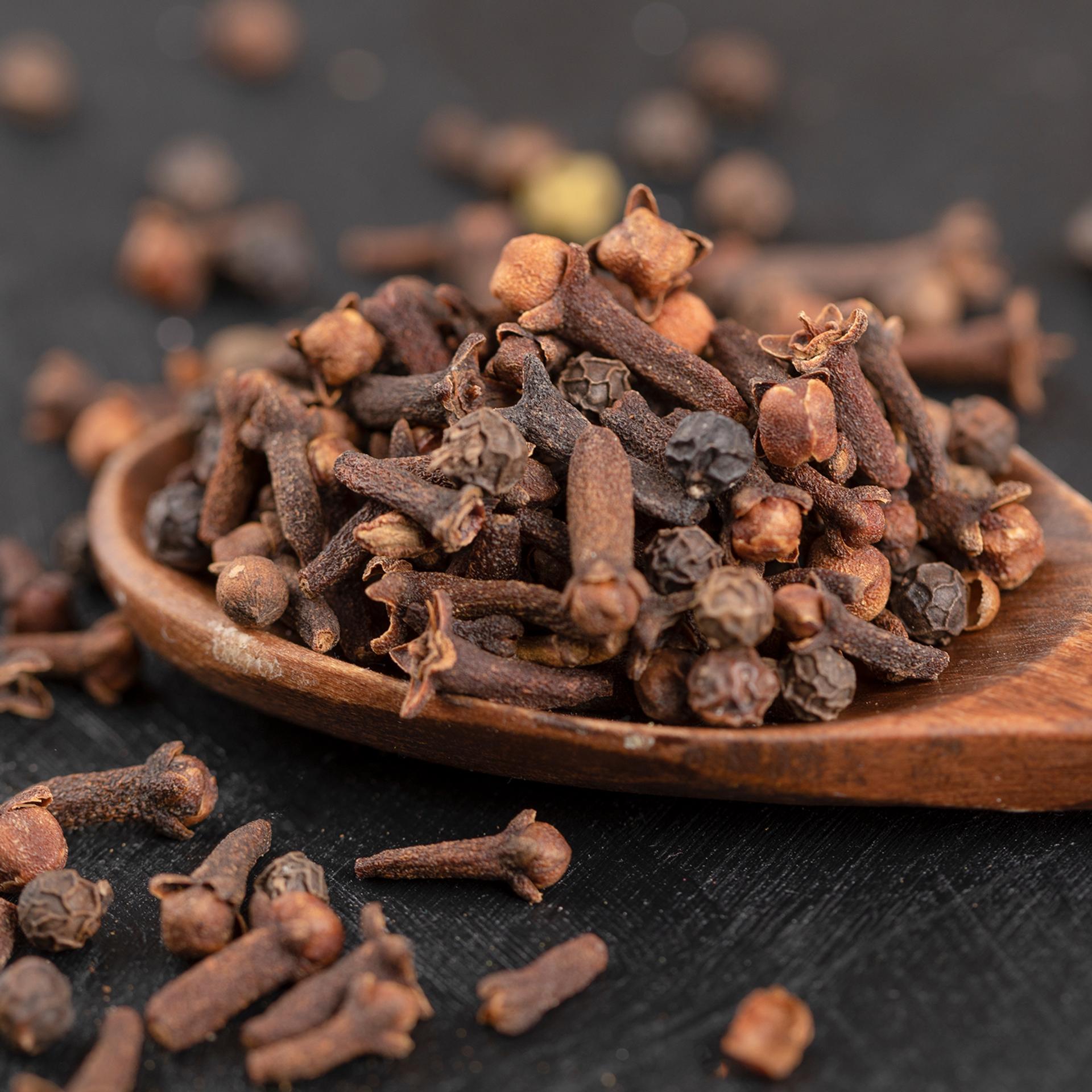
Support oil regulation with actives—not suppression.
Key actives:
- Clove (anti-acne, sebo-regulating)
- Tea tree
- Triphala + lentil bioferments: reduce inflammation and reduce shine naturally
What to Avoid – The Chemistry Behind the Chaos
- Synthetic silicones (dimethicone, cyclopentasiloxane): trap oil, create occlusive layer
- Artificial fragrances & dyes: disrupt microbiome, cause irritation
- Excess exfoliating acids (AHAs, BHAs): overuse disrupts barrier, triggers oil rebound
Final Thought
Oil Isn’t the Villain, It's the Voice
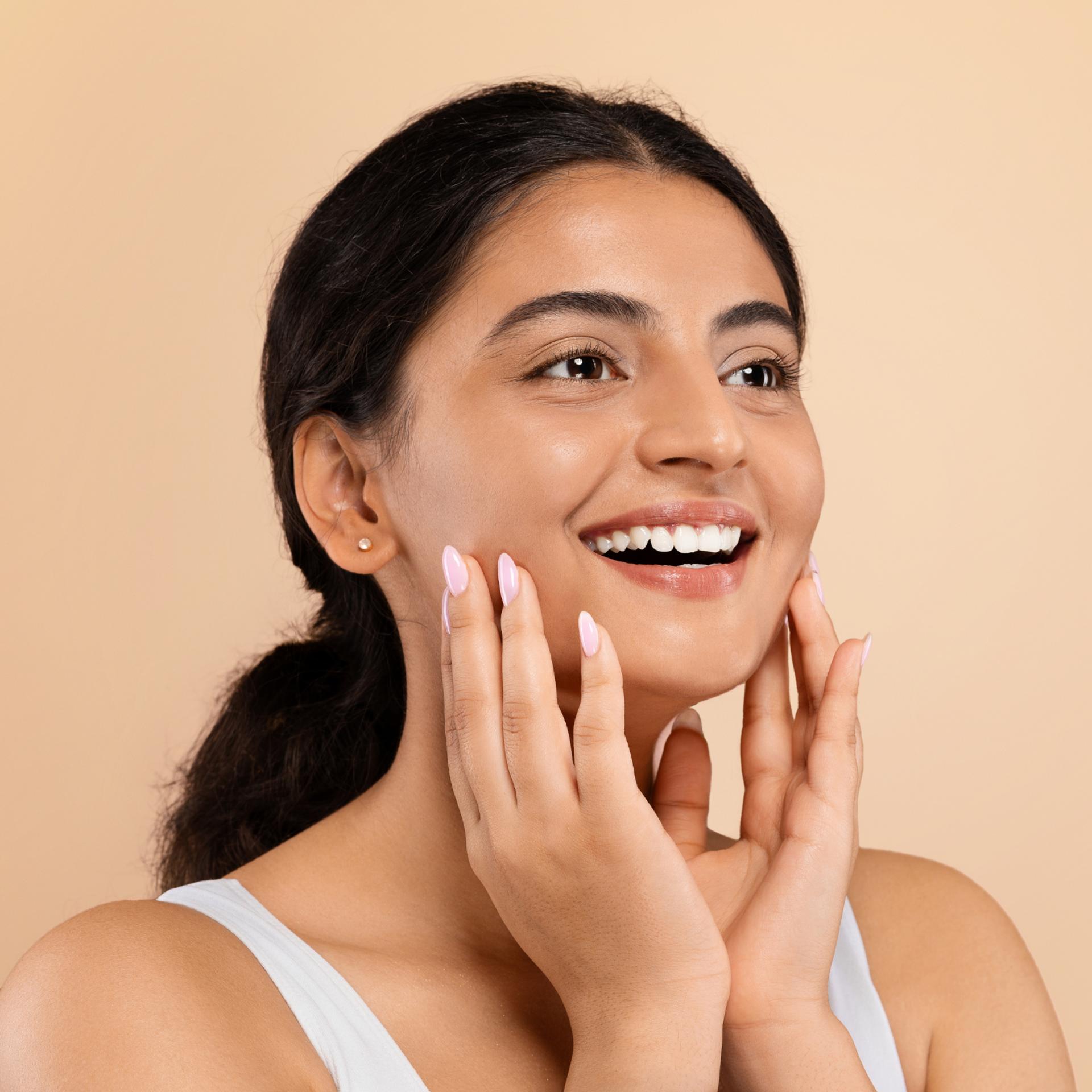
Oily skin isn’t here to be silenced. It’s speaking in the only language it knows—protect, hydrate, alert. When we understand the biology, the barrier, and the balance, we’ll stop attacking it and start collaborating with it.
So don’t wage war on skin. Walk with it.
This is your sebuminal journey. Let’s glow - not grease, but gracefully.
Learn more
